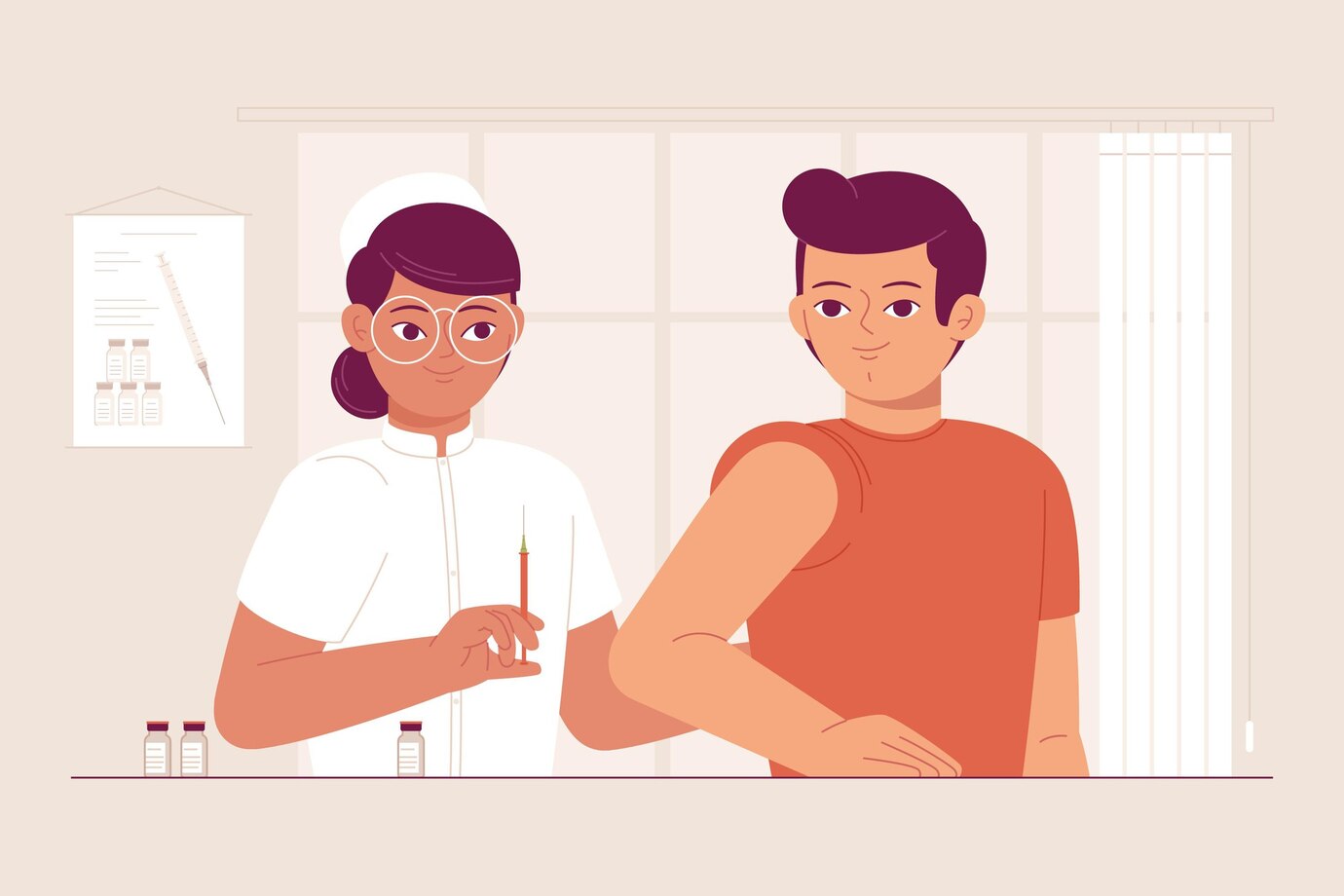
Understanding Degrees of Burns: Recognizing First, Second, and Third-Degree Burns
Burns can vary in severity, and understanding the different degrees of burns is crucial for proper treatment and healing. Whether it’s a minor sunburn or a more serious injury, recognizing the signs of first, second, and third-degree burns can help you respond appropriately. Let’s explore each degree of burn and how to identify them.
First-Degree Burns
First-degree burns are the mildest type of burn and only affect the outer layer of the skin, known as the epidermis. Common causes include sunburns, minor scalds from hot liquids, and brief contact with hot objects. Symptoms of first-degree burns include:
- Redness
- Pain
- Swelling
- Mild discomfort
First-degree burns typically heal within a few days to a week with proper care. You can treat them at home with cool water, aloe vera gel, and over-the-counter pain relievers.
Second-Degree Burns
Second-degree burns are more severe and affect both the outer layer of skin (epidermis) and the underlying layer (dermis). They can result from exposure to flames, hot liquids, or prolonged sun exposure. Symptoms of second-degree burns include:
- Redness
- Blistering
- Swelling
- Severe pain
- Possible oozing or weeping of fluid
Second-degree burns may take several weeks to heal and can leave scars if not properly treated. It’s essential to seek medical attention for second-degree burns, especially if they cover a large area of the body or affect sensitive areas like the face, hands, or feet.
Third-Degree Burns
Third-degree burns are the most severe type of burn and extend through the entire thickness of the skin, affecting underlying tissues such as muscles, tendons, and bones. They can result from exposure to flames, hot liquids, chemicals, or electricity. Symptoms of third-degree burns include:
- White or charred appearance
- Blackened skin
- Dry or leathery texture
- Numbness due to nerve damage
Third-degree burns require immediate medical attention and often necessitate specialized care, such as skin grafting or surgery, to promote healing and prevent complications.
Conclusion
Understanding the degrees of burns is essential for assessing the severity of an injury and providing appropriate treatment. While first-degree burns can usually be managed at home, second and third-degree burns require medical attention to ensure proper care and healing.
By recognizing the signs and symptoms of each degree of burn, you can take the necessary steps to promote recovery and minimize long-term effects.
To seek medical advice, always consult a Doctor. Here are our recommended EXPERTS. Click here
To read more on SKIN. Click Here


